10 Stocks Whose Dividends Are at Risk
There’s an old saying that goes along with investing in dividend stocks: A bird in hand is worth two in the bush.


There’s an old saying that goes along with investing in dividend stocks: A bird in hand is worth two in the bush. The idea is that investors prefer the certainty of dividends hitting their account over the uncertainty of capital gains, which can be fleeting.
All of that is fine and dandy, assuming the dividend actually gets paid. Unfortunately, that’s not always a sure thing.
Cases in point: Midstream master limited partnership (MLP) operator Plains All American Pipeline (PAA) – a mainstay in a lot of income portfolios – slashed its distribution by 45% earlier this year. And business development company Prospect Capital Corporation (PSEC) cut its dividend by a good 28% last quarter. If you were depending on those payouts to fund your retirement, that’s a big problem.
The best way to avoid dividend traps is to take a skeptical view of exceptionally high yields. If a stock’s yield seems too good to be true, that could mean the market is pricing in a cut. (Also, dividend cuts are often like cockroaches. Where there’s one …)
Today, we’re going to look at 10 dividend stocks whose payouts are in varying levels of danger. Some are at imminent risk of a drastic cut. Others are stocks that may be fine now, but should be viewed with caution going forward. Some are venerable old names you might recognize from your grandmother’s account, but these companies were a lot healthier back when she owned them.
Data is as of Nov. 3, 2017. Dividend yields are calculated by annualizing the most recent quarterly payout and dividing by the share price. Click on ticker-symbol links in each slide for current share prices and more.
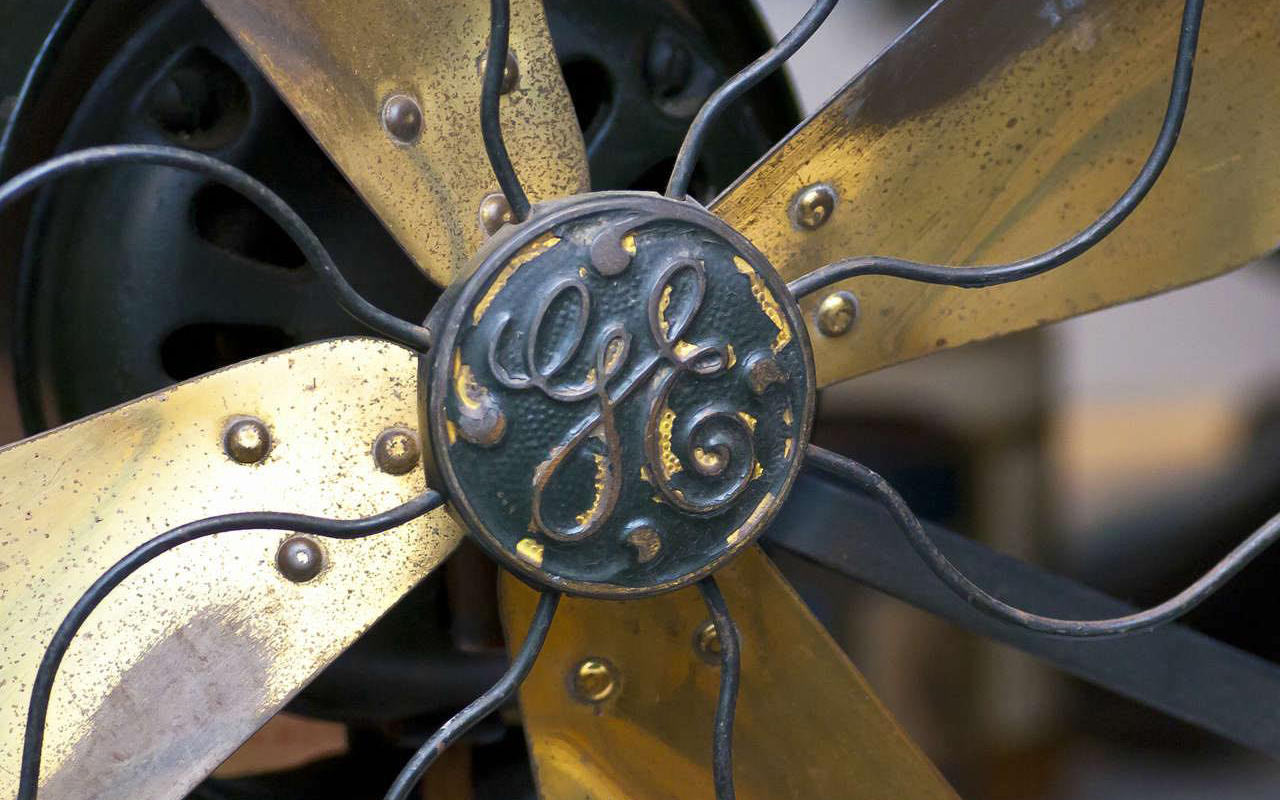
General Electric
- Dividend yield: 4.8%
EDITOR'S NOTE (11/13/17): General Electric announced a dividend cut on Monday, Nov. 13, as part of a broad restructuring. GE's quarterly dividend has been reduced from 24 cents per share to 12 cents.
At the top of this list is an iconic American company with roots back to the 1800s: General Electric (GE, $20.14). GE was a darling growth stock in the 1990s with a habit of beating Wall Street earnings estimates by exactly one penny every quarter. (The SEC eventually fined the company for its excessive manipulation of its earnings numbers, by the way.) But the stock took a tumble during the 2000-02 bear market, and that was only the beginning.
Much of General Electric’s outsize growth came from its financial unit, and that growth was only made possible by piling on leverage and taking far more risk than investors realized. When the bottom fell out in 2008, GE had to suffer the indignity of going to Warren Buffett hat-in-hand to ask for an investment, which Buffett obliged, in a deal that included preferred shares offering pawn-shop-caliber rates.
The past few years were mostly quiet, but GE has plunged 37% in 2017 as investors and analysts alike have again grown concerned that a dividend cut might be in the cards. GE currently pays out 109% of its profits as dividends.
If General Electric is considering a dividend cut, this is the time to do it. The company has a new CEO, John Flannery, that has an opportunity to essentially wipe the slate clean. Such a move could come at the company’s Nov. 13 investor update event.
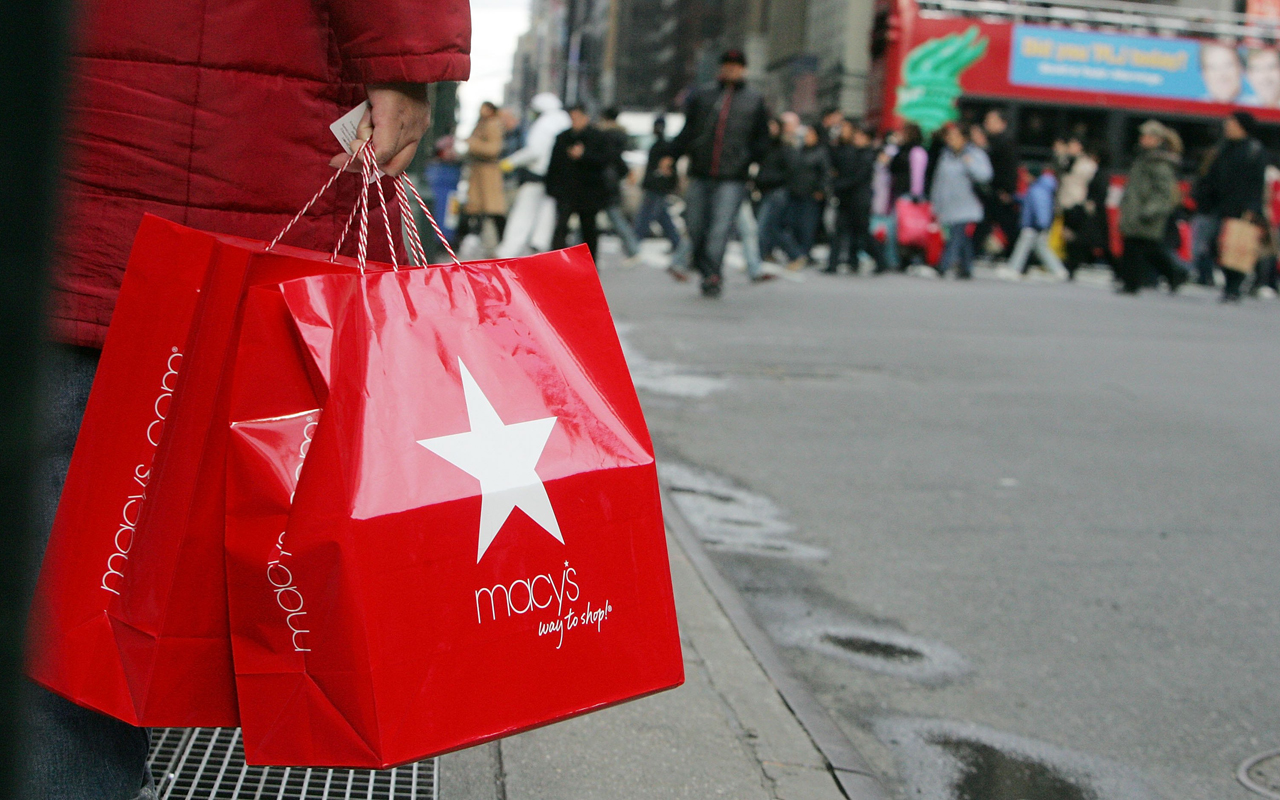
Macy’s
- Dividend yield: 8.2%
Beaten-down department store Macy’s (M, $18.36) may be the poster child for a traditional retailer left reeling from the Amazon.com (AMZN) onslaught. Sure, there are plenty of retailers in worse shape – JCPenney (JCP) and Sears (SHLD) come to mind – but they already were on the downward slope long before Amazon rose to prominence.
Macy’s, on the other hand, was relatively healthy until recently. But its revenues peaked in 2015, and the company has been struggling ever since, shuttering underperforming stores and scrambling to figure out a long-term strategy for competing with Amazon and other online retailers.
Shares are down by more than 50% over the past year, which has pushed the stock’s dividend yield to more than 8%. That payout may be safe for the next few quarters, but after that – barring a major turnaround – it become much less certain. Macy’s payout ratio has been rising for several years and now stands at 69%.
Macy’s isn’t going out of business any time soon. It’s an iconic store and still very much a part of America’s retail landscape. But while the company is figuring out its next move, it makes sense to cut its dividend and conserve cash.
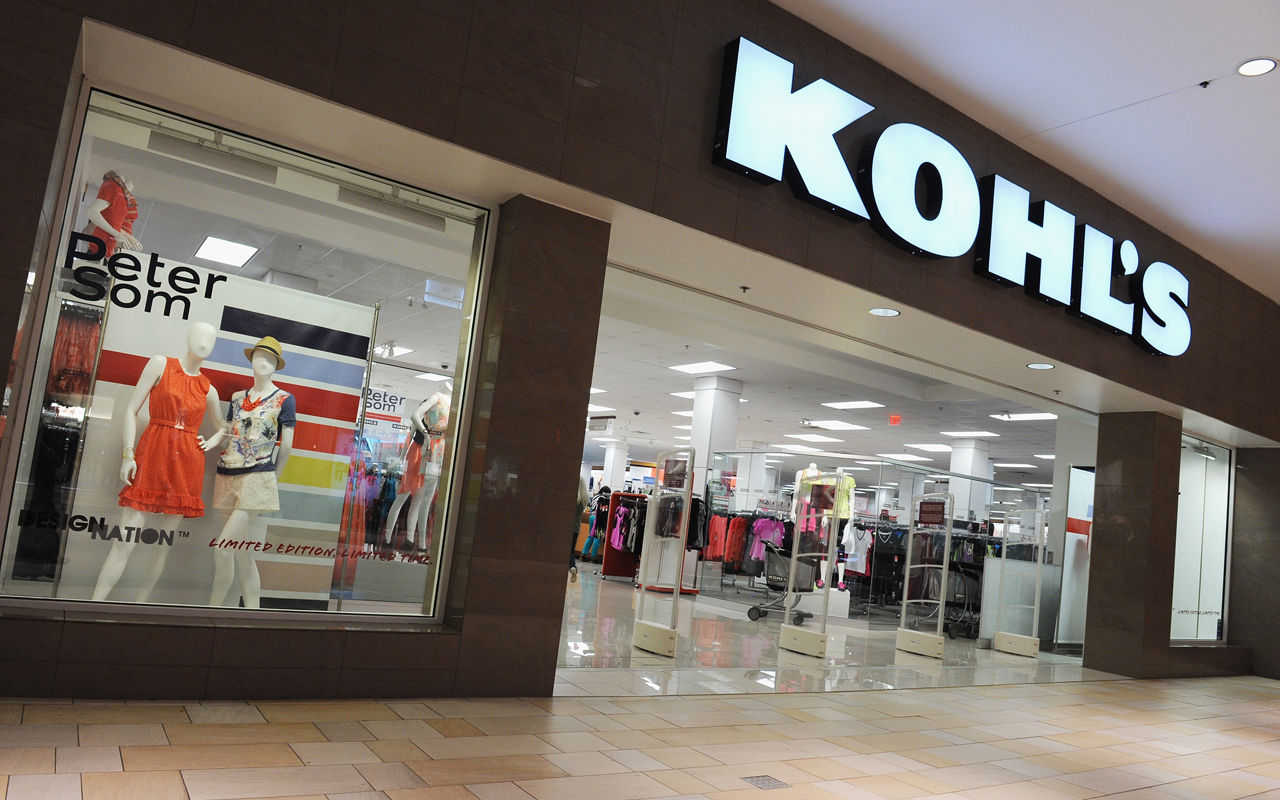
Kohl’s
- Dividend yield: 5.2%
The long-term viability of Kohl’s Corporation’s (KSS, $42.03) dividend looks questionable, too. Kohl’s, like a lot of middling brick-and-mortar retailers, is struggling to stay relevant in age of Amazon.
Kohl’s is not quite a deep discounter like Target (TGT) or Walmart (WMT), but it’s certainly not a Macy’s or Nordstrom (JWN) either. It falls into a dangerous middle ground occupied by the likes of Sears and JCPenney.
To be clear, Kohl’s is much healthier than Sears or JCPenney. All the same, revenue growth has been flat since 2012, and earnings per share are sitting close to 2007 levels. This, despite the fact Kohl’s shares outstanding have shrunk more than 50% over that time thanks to share buybacks.
Considering that KSS shares have moved sideways for the past decade, it’s safe to say that management could have found a better use for Kohl’s cash – such as figuring out how to compete with Amazon.
Kohl’s dividend payout ratio still is tolerably low at 54%. What’s concerning is that the ratio has more than doubled since 2012, as the retailer continued to raise its dividend even as its profits struggled to keep up. This trend obviously can’t last forever. At the very least, Kohl’s should consider freezing its dividend at current levels. And unless it figures out a viable growth strategy soon, a dividend cut shouldn’t be too far behind.

Guess
- Dividend yield: 5.4%
- Guess (GES, $16.63) is another high-yielding retail stock that investors should avoid for now. Like much of the rest of retail America, Guess has struggled to grow its top line in recent years. Revenues are down more than 17% since peaking in 2012, and earnings are a fraction of what they were a few years ago.
In some ways, Guess’s travails mirror those faced by virtually all brick-and-mortar retailers these days. But unlike Macy’s or Kohl’s, which simply showcase and sell the merchandise of others, Guess is a fashion brand in its own right. Unfortunately, consumer tastes are notoriously fickle when it comes to fashion, and Guess no longer has the cachet it once did. Worse: Once a brand loses its allure, it can be next to impossible to get it back.
The 5.4% dividend yield on GES shares looks reasonably attractive, but with profits sagging, the company can’t afford to keep paying it. Barring a major reversal of fortune, Guess will need to rethink its dividend policy in the coming years, and a cut is looking more likely by the day.
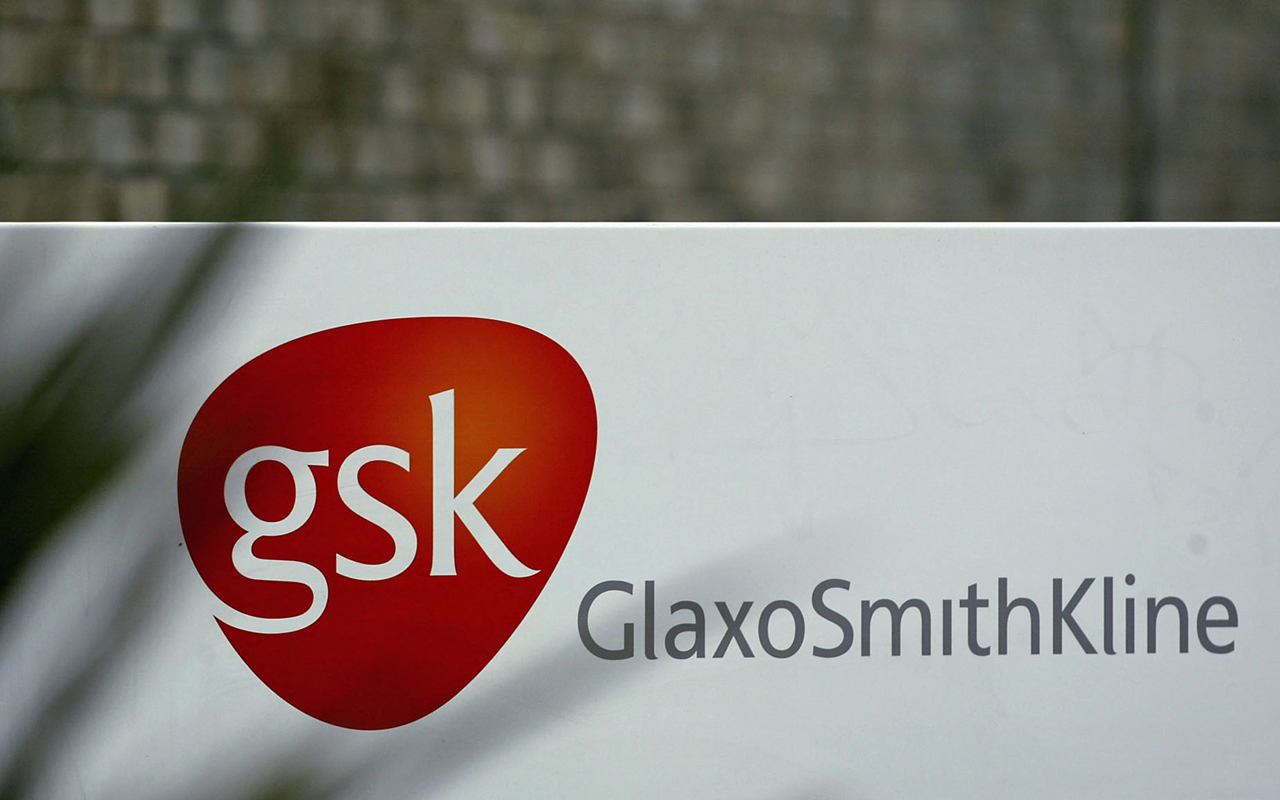
GlaxoSmithKline
- Dividend yield: 5.6%*
The pharmaceutical sector is difficult to operate in over the long haul. Consider 95% of drugs fail during development, and of those that do survive, only two out of 10 actually break even after taking into account research and development costs. Even after a pharmaceutical company finds a money-making winner, the time it can earn a profit is narrowed by patent expirations. Many of the blockbuster drugs that have driven profit growth for years are now looking at patent expiration, which means lower revenues and stiffer competition from generic drug makers.
In 2017 alone, pharma giant GlaxoSmithKline (GSK, $36.15) has lost its primary patent protection on Arranon, Teximet and Mepron – three successful drugs that have done wonders for the company’s bottom line. But even before the loss of these patents, GlaxoSmithKline’s 5.6% dividend was looking a little shaky. The dividend payout ratio has been rising, and after a recent dip in profits, now stands at 170%.
If you’re looking for assurances from management, you’re not likely to get it. In late October, CEO Emma Walmsley gave a very wishy washy commitment to the dividend, leaving one to assume a cut might be in the cards. Her candidness is appreciated, but investors have to ask themselves whether their retirements should hinge on that dividend continuing to be paid at current levels.
* GlaxoSmithKline’s yield represents the trailing 12-month yield, a measure of yield used for stocks with variable payouts.
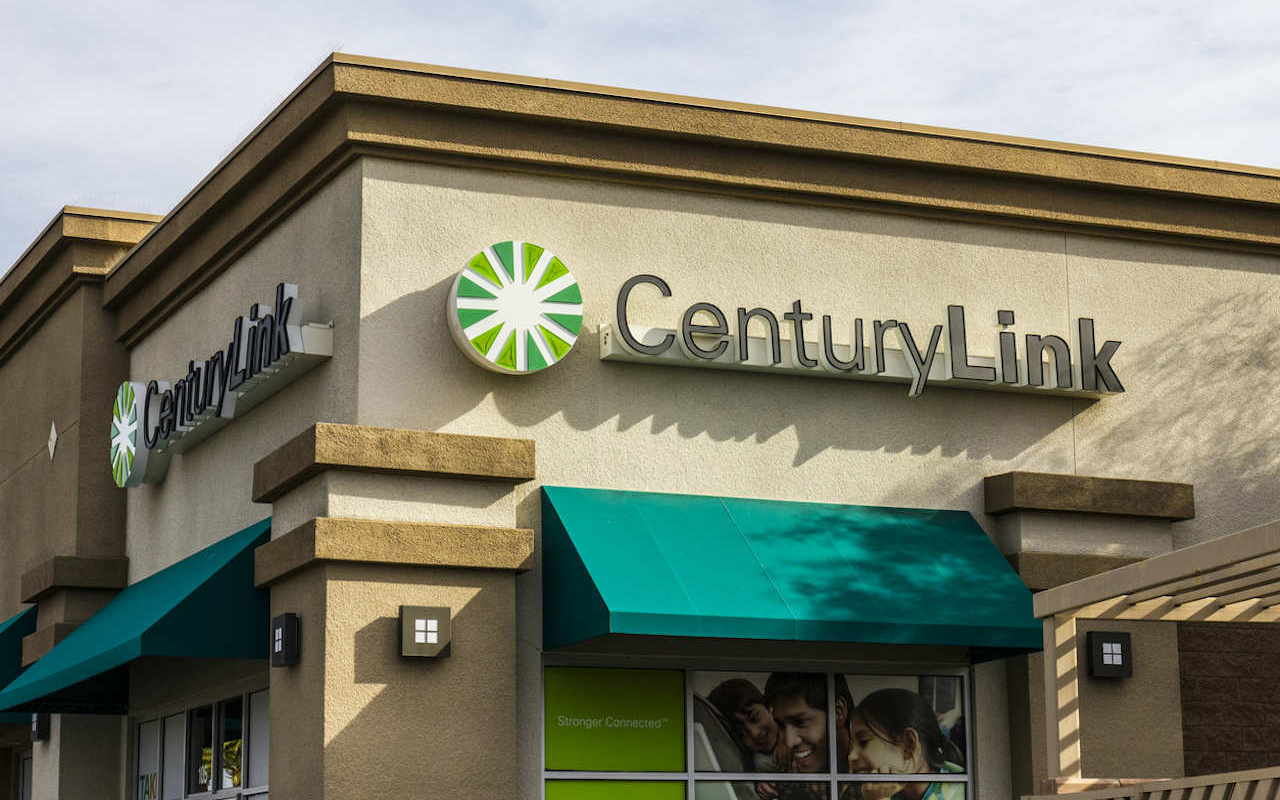
CenturyLink
- Dividend yield: 13.2%
I’m not going to tell you that 13% yields don’t exist. It’s not uncommon to see yields that high in the business development company (BDC) and mortgage real estate investment trust (mREIT) spaces, for example, as these types of companies are required to pay out virtually all of their net income as dividends. But when you see a 13% yield in a regular company stock, you can quickly tell that Mr. Market expects a significant dividend cut.
That’s where we find telecom services company CenturyLink (CTL, $16.37) today.
CenturyLink cut its dividend from 72.5 cents quarterly to 54 cents in 2013, and has maintained that payout ever since. However, as the share price has sagged, the yield has surged to more than 13%. CenturyLink’s payout ratio has swelled to 313%, meaning the company pays out more than $3 in dividends for every $1 in profit.
Sometimes, profits can be artificially depressed because of non-cash expenses like depreciation. It’s common for REITs and master limited partnerships to pay out more than they earn in standard GAAP accounting profits. And in the case of CenturyLink, the current dividend accounts for about 71% of free cash flow. But free cash flow per share has also been in decline for a decade now, so it’s fair to ask how much longer CenturyLink will be able to cover the dividend.
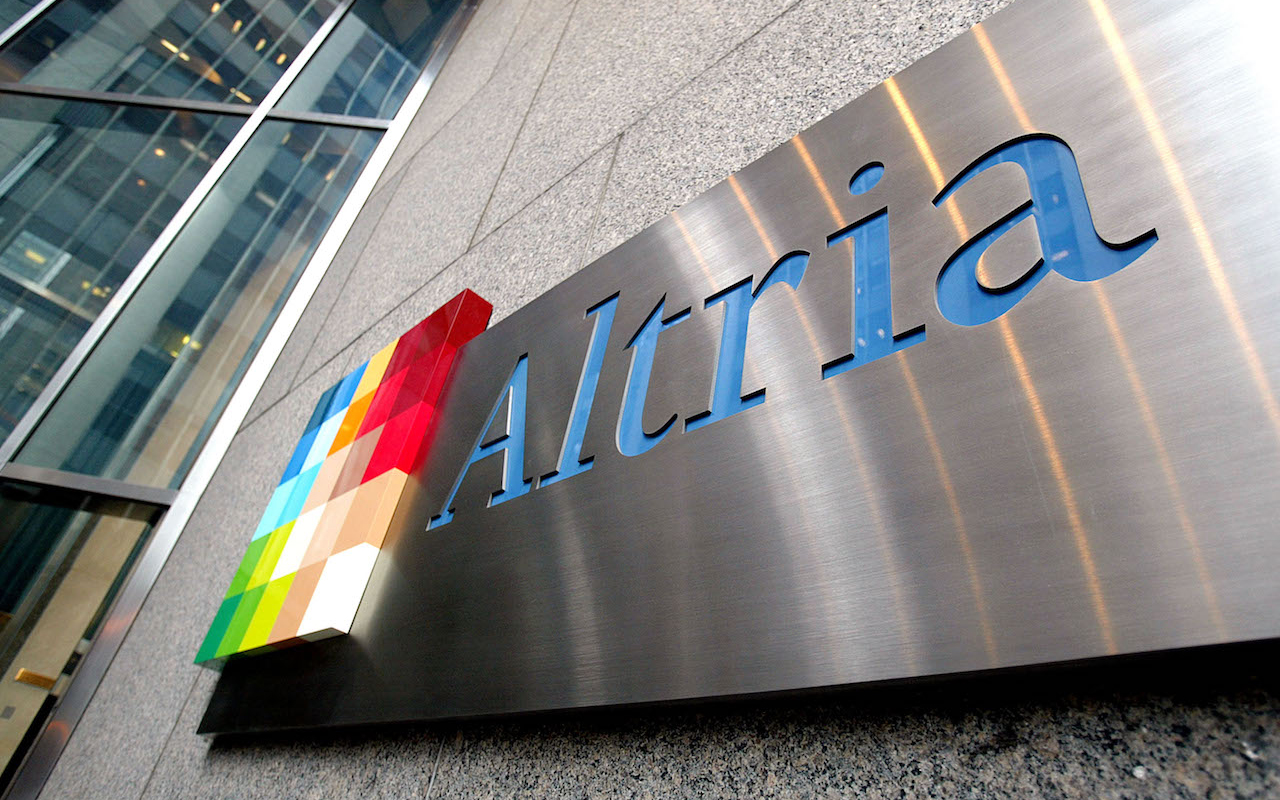
Altria
- Dividend yield: 4.1%
This suggestion may provoke howls of disapproval, but Altria (MO, $63.91) is a dividend stock you might want to avoid. Yes, Altria.
A dividend cut isn’t likely within the next couple years. Instead, Altria is a dangerous dividend stock because of its current high valuation. At current prices, Altria yields 4.1%; as recently as a few months ago, it barely yielded 3%. For a company selling a product (cigarettes) that are in terminal decline, that’s simply not a high enough yield. You could buy plenty of healthy and growing REITs, BDCs or pipelines at a significantly higher yield.
The future could end up being interesting for Altria and its Big Tobacco peers as recreational marijuana laws continue to be relaxed in the United States. Altria eventually could end up using its vast production infrastructure to mass-produce marijuana. But there is no guarantee of that, and in the meantime, Altria remains tethered to a pariah industry under continued assault by all layers of government.
Altria might be interesting at a yield of, say, 6%. But at current prices, it seems like a risky bet.
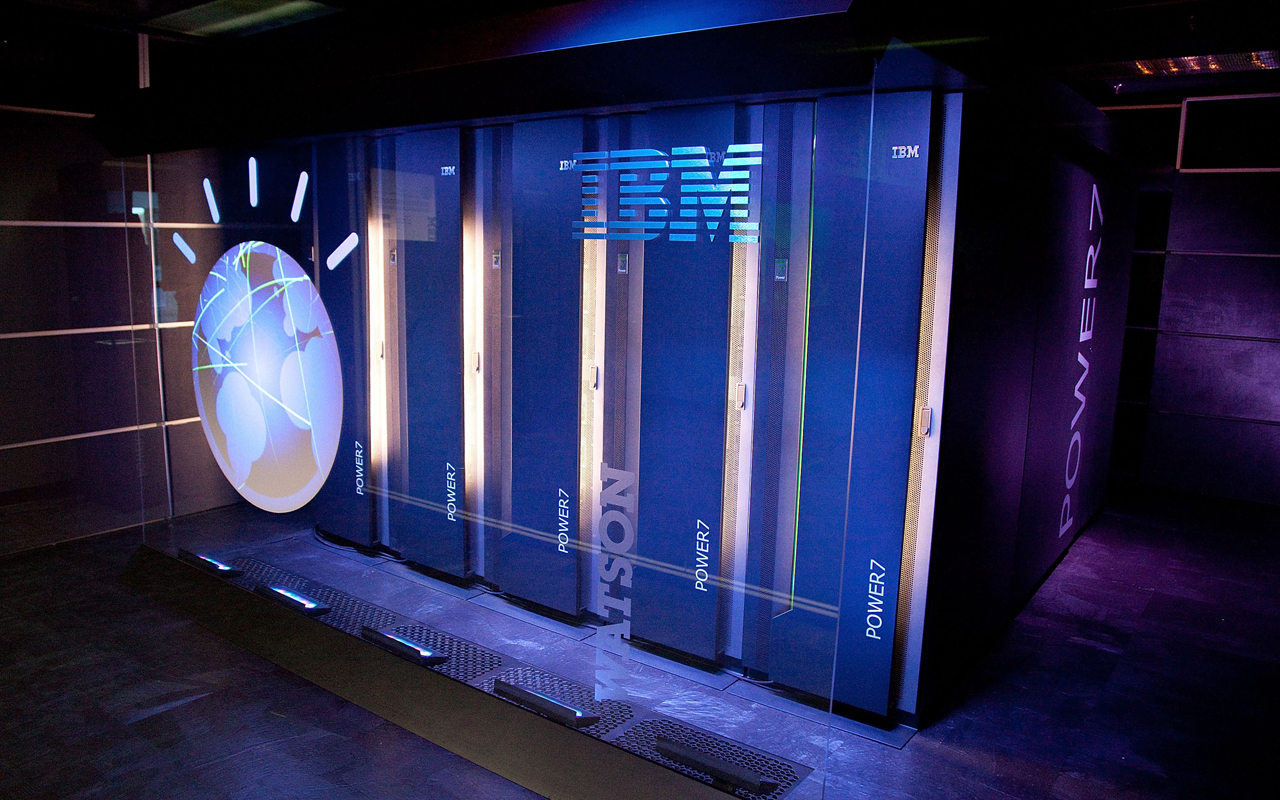
International Business Machines
- Dividend yield: 4%
Former tech leader International Business Machines (IBM, $151.58) has the distinction of being one of Warren Buffett’s rare misses. The Oracle started buying IBM in late 2011, but has started trimming his position this year.
Buffett is known for his patience, but even he has his limits. IBM’s revenues have declined for an almost-impossible-to-believe 22 consecutive quarters. That’s more than half a decade of decay during a time when the economy is growing and most tech companies are minting money. What happened?
Amazon and its Amazon Web Services cloud offerings turned IBM’s traditional service model upside down. Rather than buy expensive IBM hardware, along with the even more expensive long-term service contracts, enterprise customers could use Amazon’s vastly cheaper cloud option. Management may have been more attuned to the changes in its industry had IBM spent less time and energy manipulating its stock price with debt-fueled share repurchases.
“Rather than focus on growing their business, IBM focused on financial engineering by borrowing aggressively to fund dividends and buybacks,” says John del Vecchio, CFA, co-manager of the AdvisorShares Ranger Equity Bear ETF (HDGE). “Today, the company is now loaded with debt and seeing its core businesses getting killed by cheaper competition. IBM is the Titanic. They’ve already hit the iceberg, and the orchestra is playing while the ship slowly sinks.”
Buffett hasn’t fully given up on the company, and signs of a turnaround would vastly change the current dour view. But for now, investors must at least weigh its 4% dividend against what for now is an eroding business.
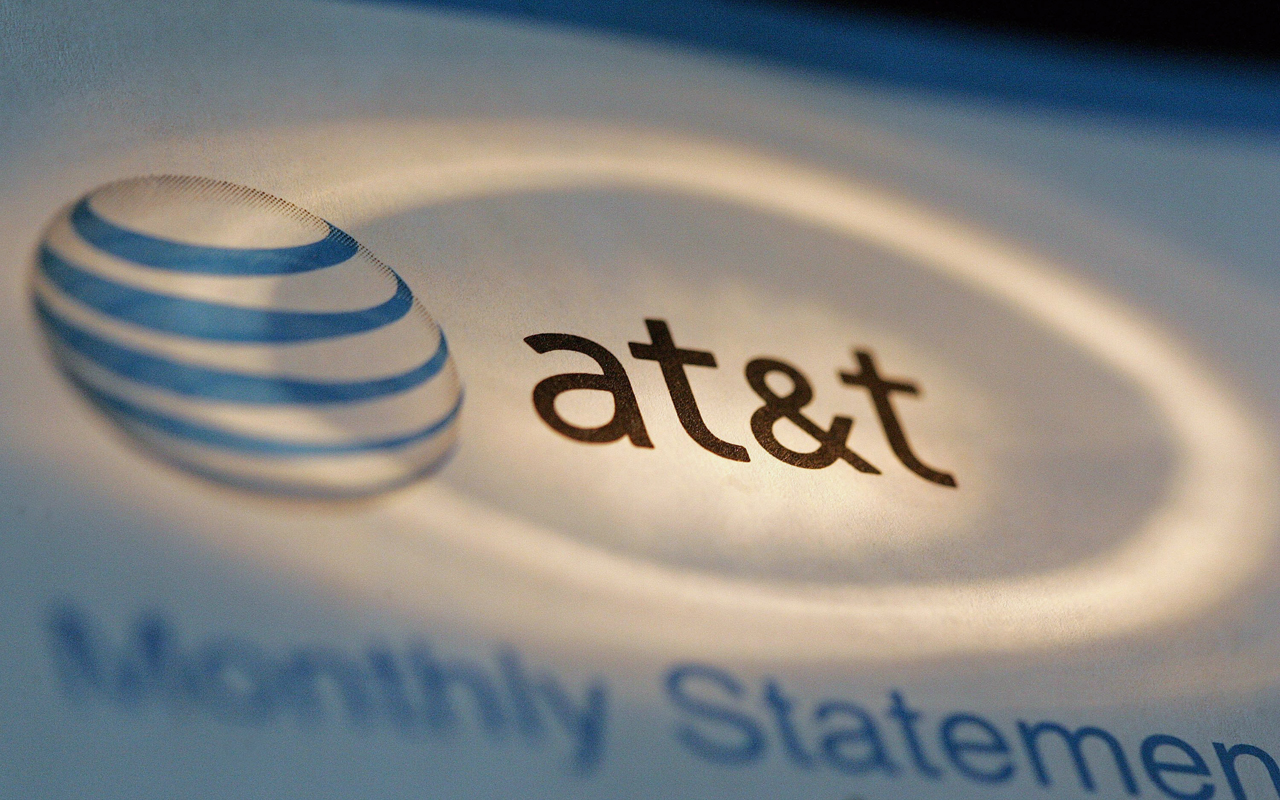
AT&T
- Dividend yield: 5.9%
Another sacred cow among many dividend investors is phone, cable and internet giant AT&T (T, $33.30).
AT&T has been a mainstay in dividend portfolios for decades and has consistently been one of the highest-yielding stocks in the Standard & Poor’s 500-stock index. But AT&T’s dividend growth has recently slowed to a trickle. The company has boosted its payout at about 2% per year over the past five years, barely keeping up with inflation. Yet AT&T still pays out more than 90% of its earnings as dividends. So unless those earnings improve in a hurry, we probably shouldn’t expect much in the way of dividend hikes going forward.
Unfortunately, growth is hard to come by these days. The U.S. mobile market is completely saturated at this point, as virtually every man, woman and child in America already has an internet-enabled smartphone. The same can be said for home internet access. As these are now no-growth markets, the only way AT&T can grow is to poach customers from its competitors, and stepped-up price competition translates to lower profits.
But the biggest immediate worry is AT&T’s paid TV services, which include DirecTV. In just the third quarter alone, more than a million Americans have cut the cord, eliminating paid TV.
AT&T won’t be cutting its dividend tomorrow. But given its competitive position, that day may come much sooner than many investors expect.

Genesis Energy, LP
- Distribution yield: 8.5%
You might think a stock that has recently cut its payout would be safe from another cut for a while. But that’s not always true, particularly when that company regularly issues new shares to fund operations. When a company issues new stock, the dividend (or distribution, in the case of master limited partnerships) represents a very tangible cost of capital.
Consider midstream MLP Genesis Energy, LP (GEL, $23.46). Genesis recently cut its distribution by 31%, but after further share-price declines, its shares still yield 8.5%. Like most MLPs, Genesis pays out most of its operating cash flows as distributions, then regularly issues debt and equity to fund new expansion projects. But the lower share prices go, the more difficult that becomes. Unless the shares recover soon, Genesis may be forced to cut its distribution again or forgo new growth projects.
“Many MLPs pay out distributions that far exceed economic earnings and free cash flow, and that’s not sustainable,” says Kevin Kaiser, Energy Sector Head at research firm Hedgeye. “MLPs aren’t special. Earnings do matter. Non-GAAP metrics like adjusted EBITDA and distributable cash flow are perversions of reality, and investors would do well to disregard them”
Kaiser has been exceptionally bearish on MLPs for the past several years, and subsequent performance has largely proven him right. Depending on regular access to the capital markets was a flawed strategy, and the sector is being forced to finance more of its growth via retained earnings. That was the decision made by Kinder Morgan (KMI) two years ago and more recently by Enterprise Products Partners (EPD), considered by many to be the best-in-class operator.
If you’re going to invest in MLPs, don’t automatically go for the highest yielders. Look for those that do a better job of funding their expansion via retained earnings.
Profit and prosper with the best of Kiplinger's advice on investing, taxes, retirement, personal finance and much more. Delivered daily. Enter your email in the box and click Sign Me Up.

Charles Lewis Sizemore, CFA is the Chief Investment Officer of Sizemore Capital Management LLC, a registered investment advisor based in Dallas, Texas, where he specializes in dividend-focused portfolios and in building alternative allocations with minimal correlation to the stock market.
-
 The Santa Claus Rally Officially Begins: Stock Market Today
The Santa Claus Rally Officially Begins: Stock Market TodayThe Santa Claus Rally is officially on as of Wednesday's closing bell, and initial returns are positive.
-
 How to Leave Different Amounts to Adult Children Without Causing a Rift
How to Leave Different Amounts to Adult Children Without Causing a RiftHere’s how to leave different amounts to adult children without causing a family rift.
-
 My Retirement Learning Curve, 1 Year In
My Retirement Learning Curve, 1 Year InA retiree checks in with what they wish they knew early on and what they've changed about their plan one year in.
-
 What Fed Rate Cuts Mean For Fixed-Income Investors
What Fed Rate Cuts Mean For Fixed-Income InvestorsThe Fed's rate-cutting campaign has the fixed-income market set for an encore of Q4 2024.
-
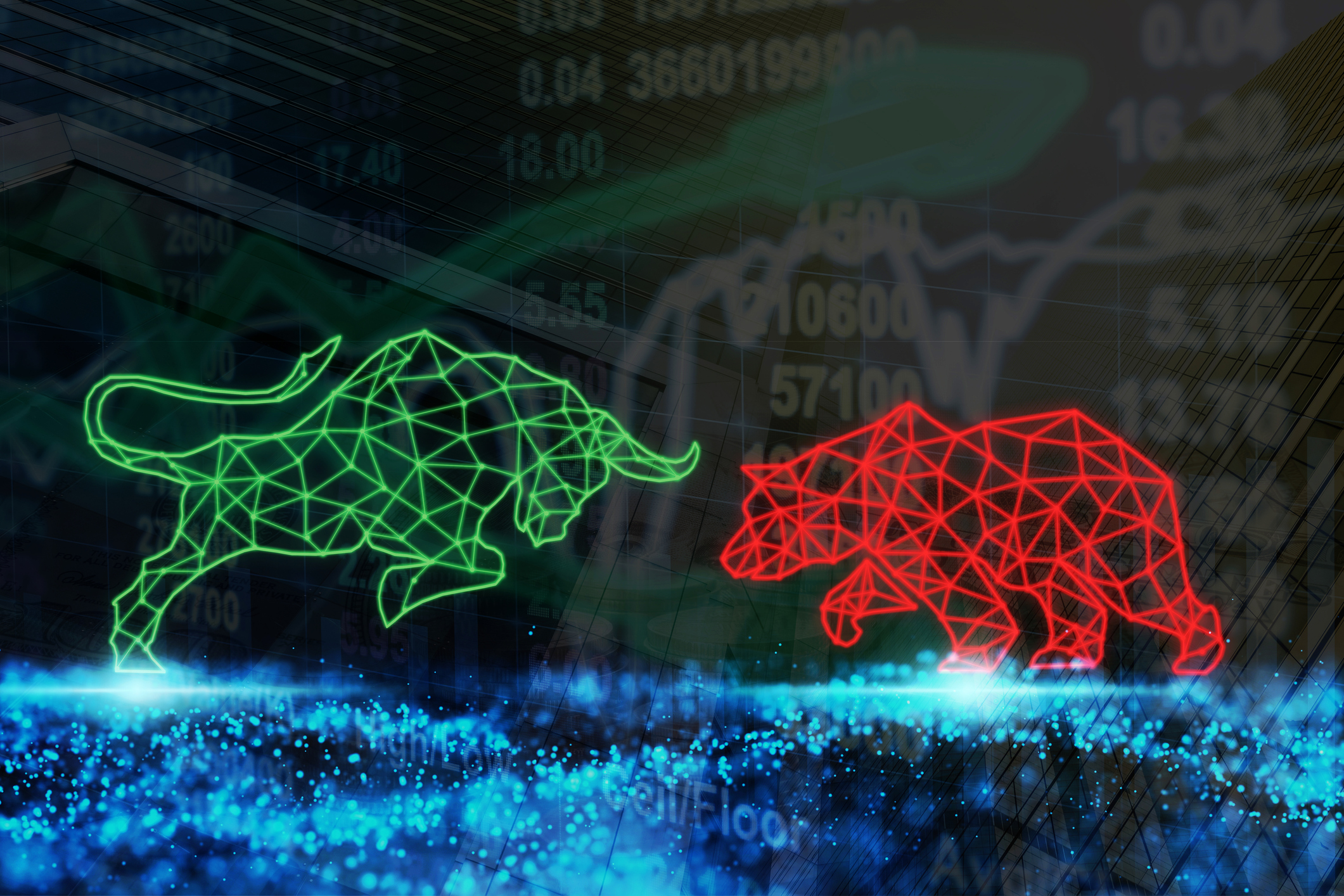 Markets Are Quiet Ahead of Fed Day: Stock Market Today
Markets Are Quiet Ahead of Fed Day: Stock Market TodayInvestors, traders and speculators appear to be on hold amid an unusually fraught Fed meeting.
-
 The Most Tax-Friendly States for Investing in 2025 (Hint: There Are Two)
The Most Tax-Friendly States for Investing in 2025 (Hint: There Are Two)State Taxes Living in one of these places could lower your 2025 investment taxes — especially if you invest in real estate.
-
 The Final Countdown for Retirees with Investment Income
The Final Countdown for Retirees with Investment IncomeRetirement Tax Don’t assume Social Security withholding is enough. Some retirement income may require a quarterly estimated tax payment by the September 15 deadline.
-
 DexCom, GE, SLB: Why Experts Rate These Stocks at Strong Buy
DexCom, GE, SLB: Why Experts Rate These Stocks at Strong BuyWall Street gives these three diverse names Strong Buy recommendations with high potential upside.
-
 The Best Aerospace and Defense ETFs to Buy
The Best Aerospace and Defense ETFs to BuyThe best aerospace and defense ETFs can help investors capitalize on higher defense spending or hedge against the potential of a large-scale conflict.
-
 AI vs the Stock Market: How Did Alphabet, Nike and Industrial Stocks Perform in June?
AI vs the Stock Market: How Did Alphabet, Nike and Industrial Stocks Perform in June?AI is a new tool to help investors analyze data, but can it beat the stock market? Here's how a chatbot's stock picks fared in June.
-
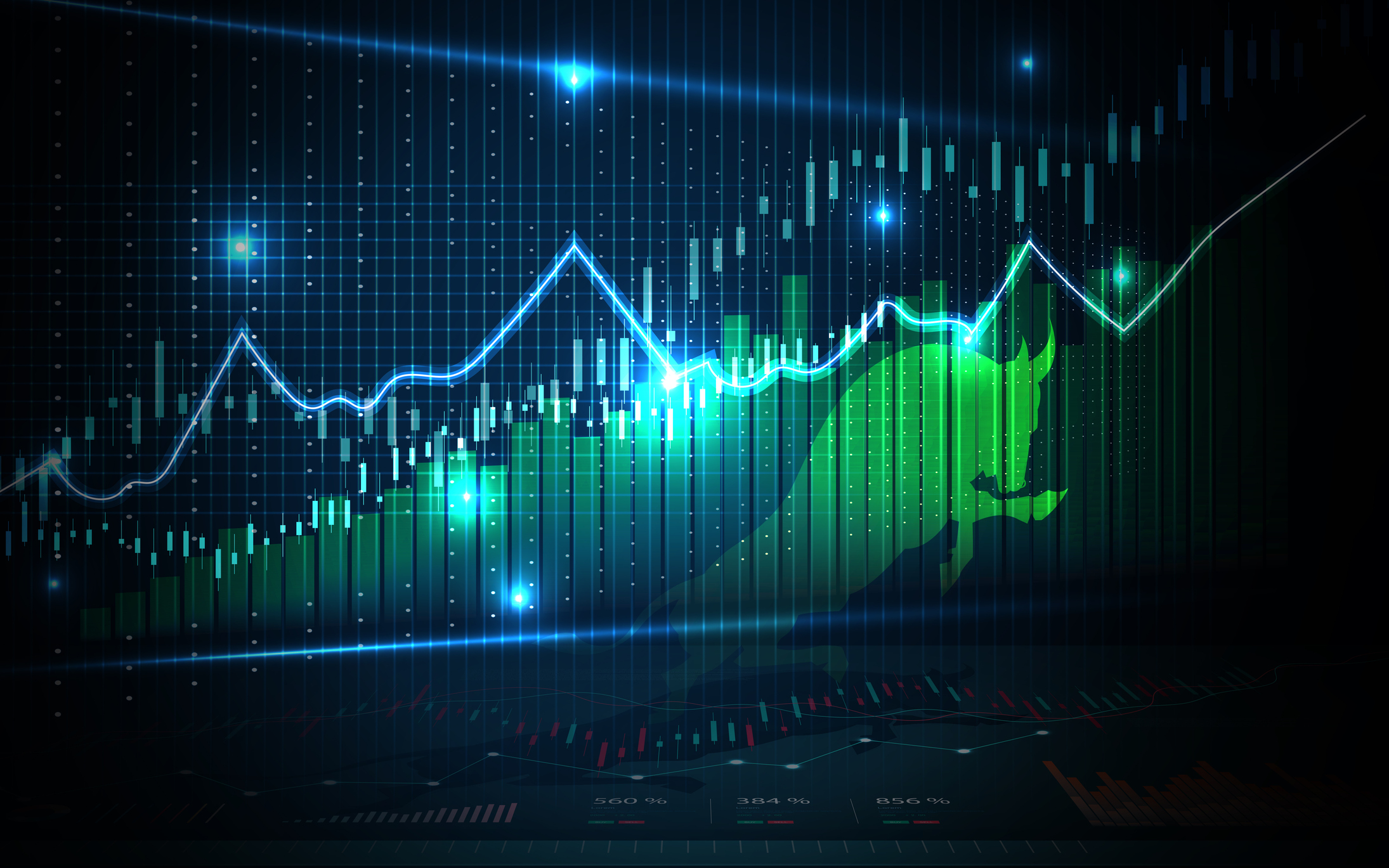 Stock Market Today: Stocks Rise on Less Deadly Concerns
Stock Market Today: Stocks Rise on Less Deadly ConcernsMarkets are forward-looking mechanisms, and it's good when price action shows there's a future to look forward to.
